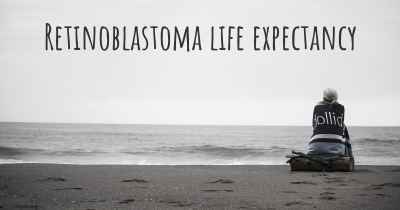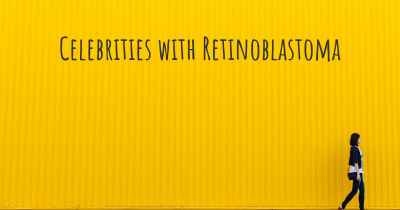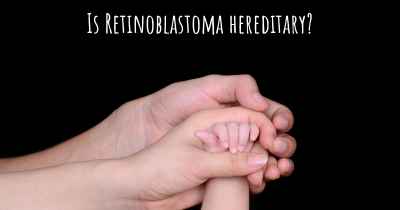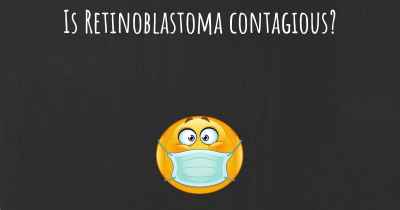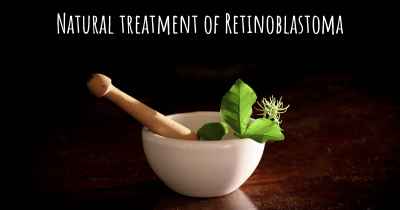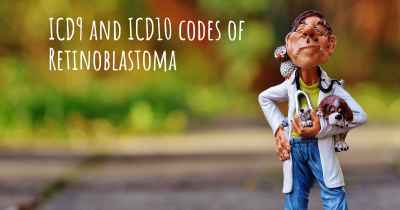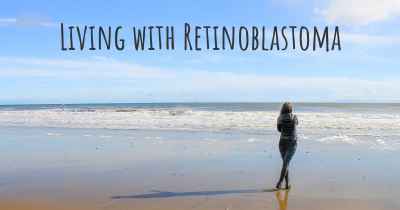How is Retinoblastoma diagnosed?
See how Retinoblastoma is diagnosed. Which specialists are essential to meet, what tests are needed and other useful information for the diagnosis of Retinoblastoma
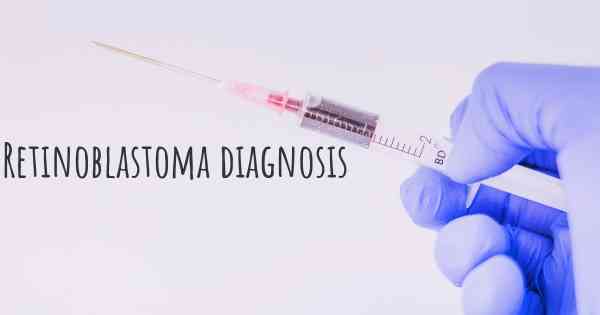
Diagnosis of Retinoblastoma
Retinoblastoma is a rare form of eye cancer that primarily affects young children. Early diagnosis is crucial for successful treatment and preserving vision. The diagnosis of retinoblastoma involves a combination of medical history evaluation, physical examination, and specialized tests.
Medical History Evaluation
During the medical history evaluation, the healthcare provider will ask questions about the child's symptoms, family history, and any previous medical conditions. It is important to provide accurate and detailed information to assist in the diagnosis process.
Physical Examination
A thorough physical examination is conducted to assess the child's overall health and to identify any signs or symptoms of retinoblastoma. The healthcare provider will examine the eyes using an ophthalmoscope, a handheld instrument that allows visualization of the retina.
Signs and symptoms that may indicate retinoblastoma include:
- Leukocoria (white pupil) - a white reflection in the pupil instead of the normal red-eye reflex when light is shone into the eye
- Strabismus (crossed or misaligned eyes)
- Poor vision or loss of vision
- Redness or swelling of the eye
- Eye pain or discomfort
Specialized Tests
Several specialized tests are used to confirm the diagnosis of retinoblastoma and determine the extent of the disease. These tests may include:
1. Ocular Ultrasound
Ocular ultrasound uses sound waves to create images of the eye. It helps in visualizing the tumor and determining its size and location. This test is particularly useful when the retina cannot be clearly seen due to cloudiness or other factors.
2. Magnetic Resonance Imaging (MRI)
MRI uses powerful magnets and radio waves to create detailed images of the eye and surrounding structures. It provides valuable information about the size and extent of the tumor, as well as any potential spread to nearby tissues.
3. Computed Tomography (CT) Scan
A CT scan combines multiple X-ray images to create cross-sectional images of the eye. It helps in evaluating the tumor and detecting any spread to the optic nerve or other structures. CT scans are particularly useful when MRI is not feasible or contraindicated.
4. Fluorescein Angiography
Fluorescein angiography involves injecting a special dye into a vein, which then travels to the blood vessels in the eye. The dye highlights the blood vessels, allowing the healthcare provider to assess the blood flow and identify any abnormal vessels associated with the tumor.
5. Genetic Testing
Genetic testing plays a crucial role in the diagnosis of retinoblastoma. It involves analyzing a blood or tissue sample to identify mutations in the RB1 gene, which is responsible for regulating cell growth and division. The presence of RB1 gene mutations confirms the diagnosis of hereditary retinoblastoma.
6. Biopsy
In some cases, a biopsy may be performed to obtain a small sample of the tumor for laboratory analysis. This helps in confirming the diagnosis and determining the specific type of retinoblastoma.
Conclusion
Diagnosing retinoblastoma involves a comprehensive approach, including medical history evaluation, physical examination, and specialized tests. Early detection and diagnosis are crucial for timely treatment and improved outcomes. If you suspect your child may have retinoblastoma or notice any concerning signs or symptoms, it is important to consult a healthcare professional for further evaluation and appropriate management.
